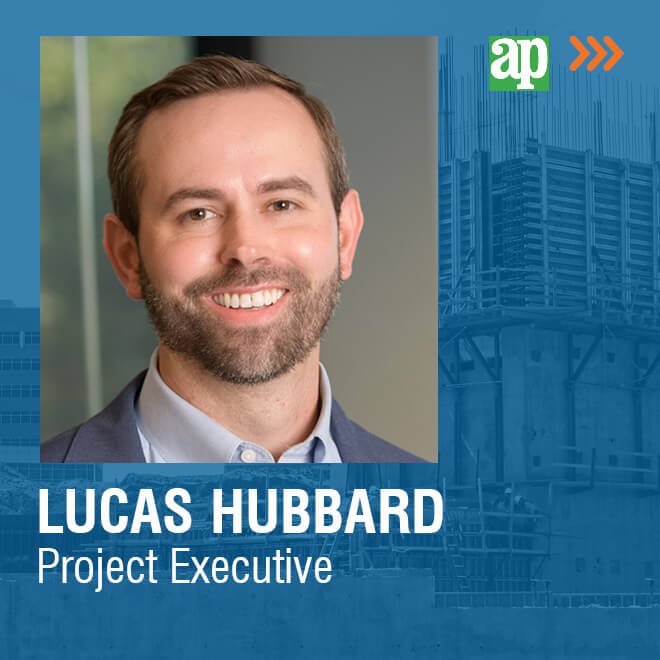-
![]() Texas Tech University Health Sciences Physician Assistant Building
Texas Tech University Health Sciences Physician Assistant Building
For more than three years, the construction industry has seen an upswing in higher education projects spanning from the Gulf Coast out to West Texas and pretty much everywhere in between. We see state university leadership, in particular, planning ahead as they determine if ground-up construction is necessary or if they can update existing facilities on their campuses.
As a result, higher education construction projects have dominated, especially at four-year state schools. We’re seeing a good mix of new construction, as well as the repurposing of existing facilities. To dig a little deeper, much of the activity has been in medical and nursing school ground-up construction, additions and renovations. There is great demand for qualified medical professionals in Texas, and universities statewide are making investments to keep their instructional opportunities on the rise.
I’ve seen a plethora of medical and nursing school programs and life sciences featuring high-tech lab spaces to support healthcare studies. We just wrapped up a great example of this kind of program for the Texas Tech University Health Sciences Center (TTUHSC) School of Health Professions at the university’s Midland campus. The TTUHSC Physician Assistant Program is designed to train physician assistants to increase primary care access in rural and underserved populations in West Texas. (More about this project below.)
There’s also been a robust push to upgrade existing facilities. Most higher education institutions build facilities with a 100-year design life; many structures are now approaching the time frame for renovations, repurposing or replacement.
A few months back, I read a Campus Facilities Inventory Report (from the Society for College and University Planning partnering with a higher education consulting firm) stating that 84% of institutions planned to update or adapt existing facilities over the next year, 80% planned to make major updates to campus infrastructure, and 88% intended to update meeting room technologies for more virtual learning engagements. This is exactly what we are seeing in the industry. Universities are putting in the effort to update these spaces while simultaneously building plenty of capital projects to help bring in top talent and grant money.
In the 15 years I’ve worked on higher education projects, there has been a huge change in technology. Between adding virtual classroom opportunities to increasing the provision of top-of-the-line AV (audio-visual) capabilities, there is also a big push for high-tech lab spaces.
While most of the work we’ve seen comes from four-year state universities, we are also seeing private colleges increasing demand for renovated or new space, followed by community colleges. Simply said, as a region, I think AP Gulf States will actively continue growing its higher education portfolio.
We are building relationships and doing an excellent job on our projects by providing great functional facilities while demonstrating that we have the ability to manage and produce on time. In my professional experience, I’ve witnessed projects swivel between ground-up construction and renovations, but I’ve never seen the projects dry up. These state institutions have the money allocated for projects and if they don’t use it, they often lose it.
In addition, many higher education institutions seek to renovate projects with additions to existing facilities, and that is a market we are looking to get into further. We are currently pursuing a handful of projects from several major state universities. And, here are some examples of higher education projects AP has either completed or are currently under construction:
Many construction industry sectors might slow down in 2023, but I think it’s likely the higher education sector won’t be one of them. There might be a slight shift to more adaptive reuse and renovation projects, but we think they will be relatively unphased by the current financial stressors such as high-interest rates, etc. It’s an exciting ride, and I’m confident this business line will continue to grow here at AP.

As of 2022, Lucas has generated over $550 million of work throughout his 14-year career, with an extensive background in the healthcare and higher education markets, which includes leading a 40+ member project team on a $300 million hospital campus project. This experience has allowed him to adopt a servant leadership style, ensuring his teams were always properly informed and engaged to best serve their clients.
 Texas Tech University Health Sciences Physician Assistant Building
Texas Tech University Health Sciences Physician Assistant Building


